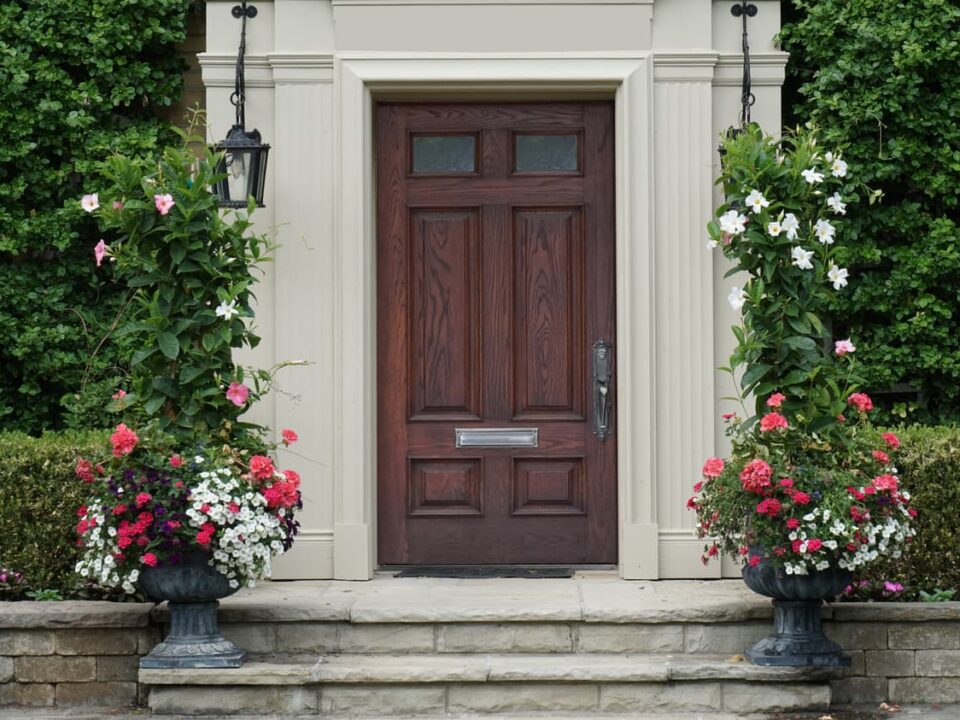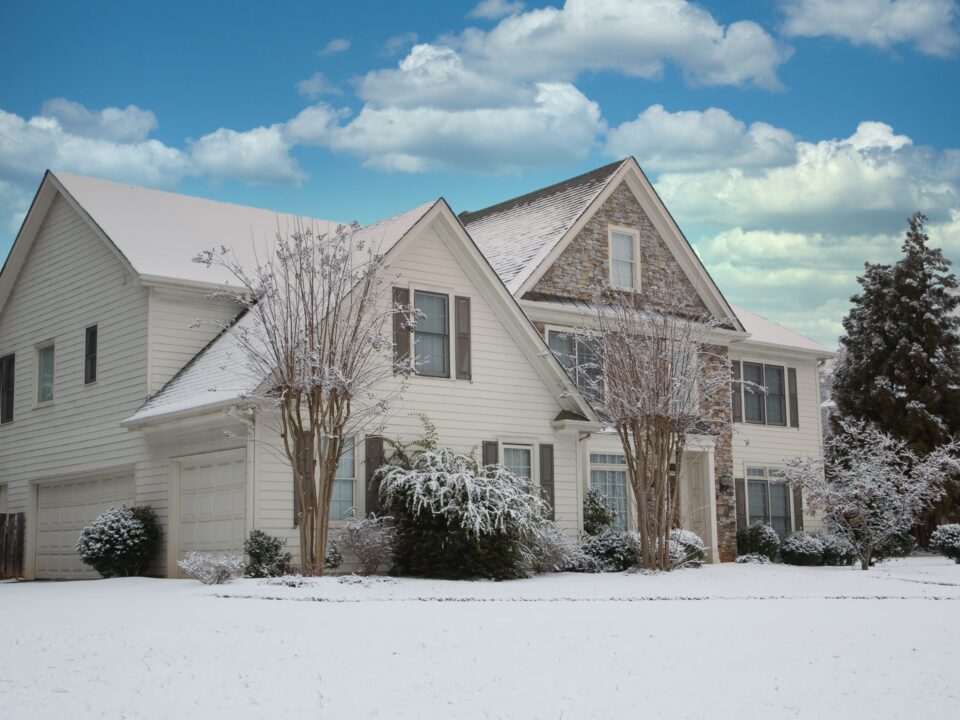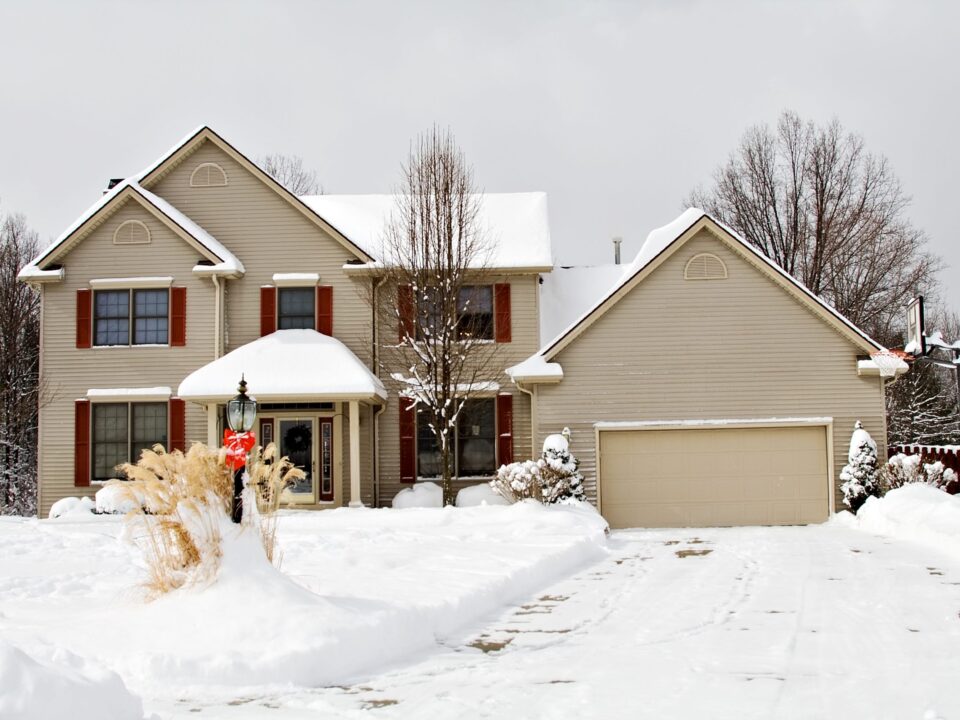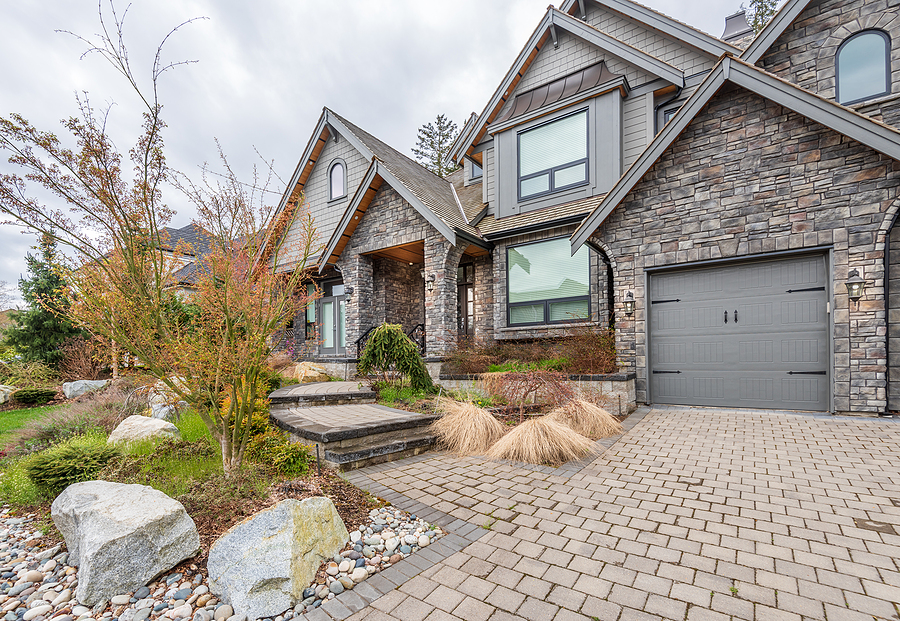
What if Your Old Roof is Unsafe?
July 28, 2021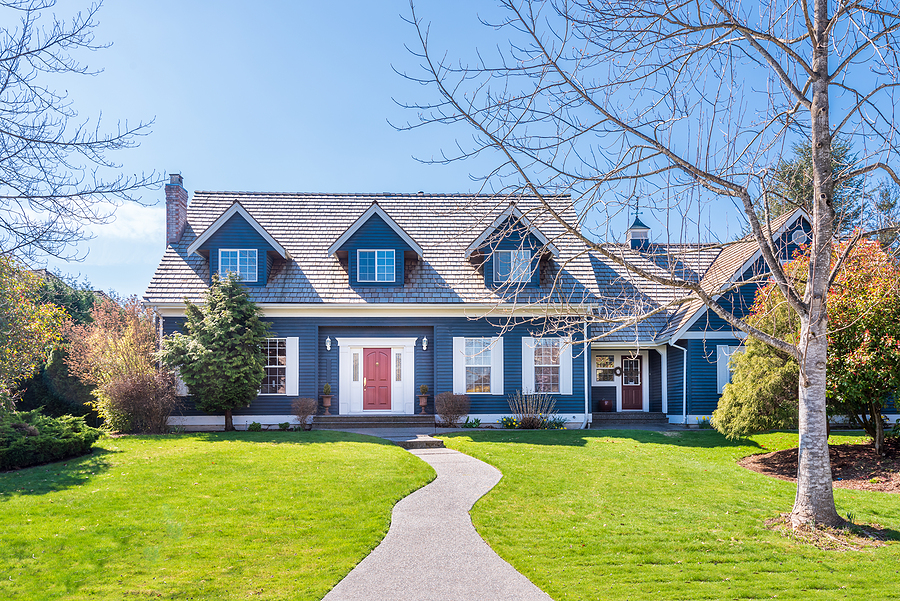
What Happens When a Roof Doesn’t Have Enough Ventilation
July 30, 2021Your home’s front entry door is more important than you may realize. It’s the focal point to your home’s exterior and serves multiple critical functions to maintain your home’s security and energy efficiency. Selecting a new front door is a smart investment and an excellent way to boost curb appeal and add value to your home.
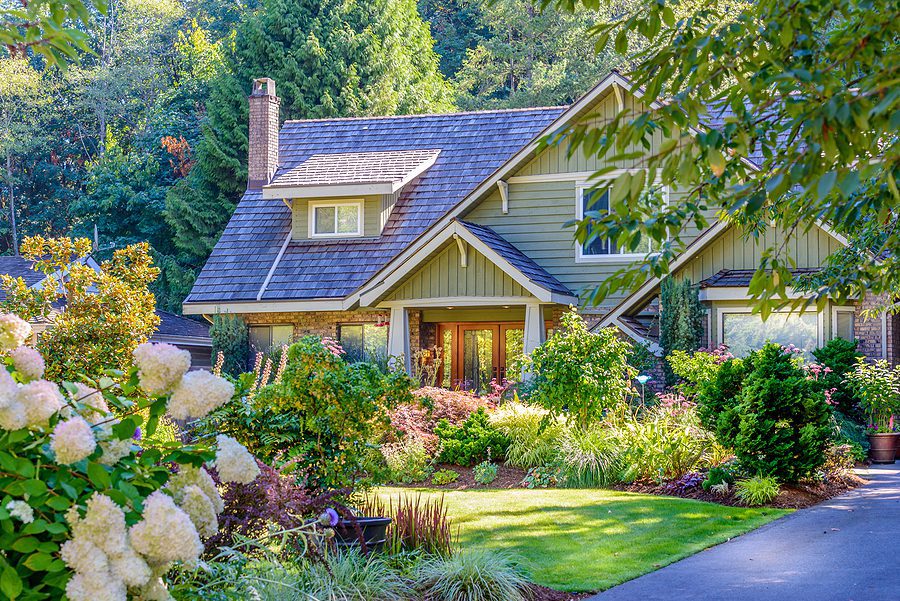
Types of Door Installations
If you’re considering a new door installation, there are two types: pre-hung and slab doors.
Pre-Hung Doors
Pre-Hung doors are already in their own frame and installed all at once. Pre-hung doors are an ideal choice for a new construction, replacement for a damaged door frame, or a home requiring a weather-tight door.
Slab Doors
Slab doors include just the door itself, without any hinges, knobs, or frame included. Slab doors are a fraction of the cost of pre-hung doors, so they can be an option when you want more design flexibility, or you only need to install one or two doors.
Know Your Door Terminology
When shopping for a new front door, you might hear certain words or terms being tossed out that you aren’t familiar with. To help ensure that you’re selecting the proper front door for your home, here are some common door terms you’ll hear:
- Lite-A pane of glass in the door.
- Caming-Strips of metal used for joining segmented glass.
- Casing/Trim-The molding surrounding your door frame.
- Stop-The strip of wood around the inside of the door that prevents the door from swinging too far open.
- Panels-Rectangular patterns on the door for the purpose of appearance.
- Grille-Plastic, wooden or metal details that give the appearance of divided lites.
- Brickmould-Moulding used around a door that fills the gaps between where the door and the wall of the house meet.
- Inswing (I/S)-A door that opens inward.
- Outswing (O/S)-A door that opens outward.
- Left-Handed-When the hinges are placed on the right side of the door
- Right-Handed-When the hinges are placed on the left side of the door
Entry Door Material Options
The most common front door materials are typically steel, fiberglass, and wood. Each material has strengths and weaknesses, so it’s important to do your research on the various material options and select quality materials for your new front door installation to ensure you’re getting the most out of your investment.
Benefits of Steel Doors
- Provides tighter-fitting frames and greater energy efficient core insulation.
- Certain models use double or triple panel insulating glass to help reduce heat transfer.
- Fully weather-stripped, highly resistant to shrinking, swelling, and warping.
- Made of durable steel construction requiring very little maintenance.
- Comes pre-primed and ready to paint.
Benefits of Fiberglass Doors
- Quick to install.
- Works well in extreme weather conditions and high-traffic areas.
- Provides similar energy-efficient savings as steel doors.
- Can be made with a grain texture to mimic the look of real wood.
- Highly resistant to all types of weather conditions, scratches, and dents.
Benefits of Wooden Doors
- Heavy, sturdy, and gives entry a beautiful, traditional look.
- Can be painted or stained for a more natural appearance.
- Works best in shaded or protected areas.
- Ranges in price from inexpensive composite to costly fir or walnut.
Hire a Professional
The key to a successful new front door installation is hiring a local, trusted, professional door company, like Armorvue Home Exteriors. We’ve been installing doors in this community for decades and we’d love to help you find the perfect new entry door for your home. Contact us today for a virtual appointment!
Subscribe to ARMORVUE Home Exteriors’s Blog
Get ARMORVUE Window & Door’s latest articles straight to your inbox. Enter your name and email address below.


